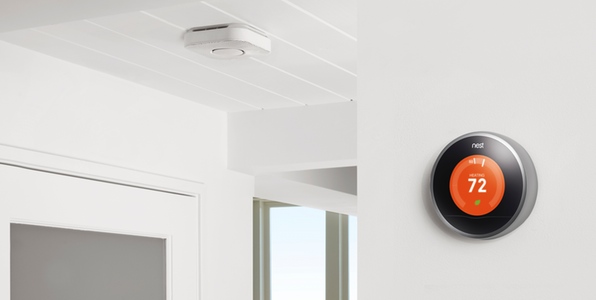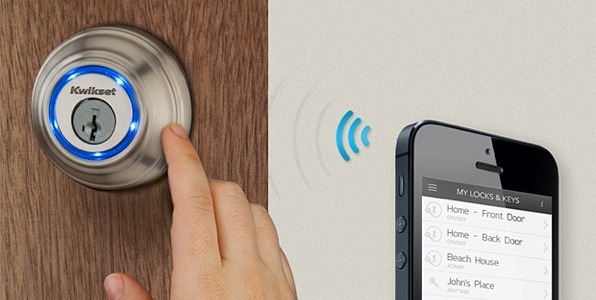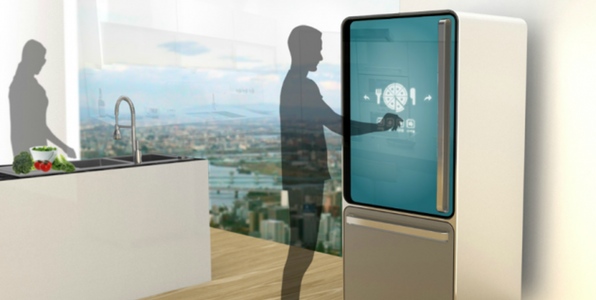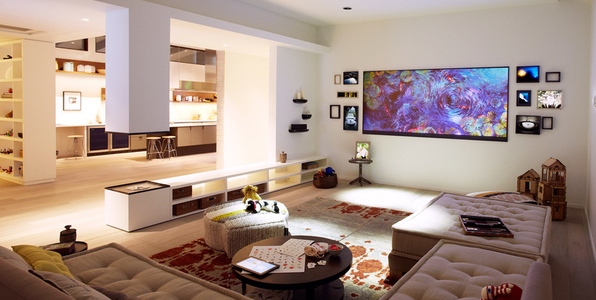What’s Up With Angie’s List?
Angie’s List was founded in 1996 and has since become one of the go-to sites for consumers looking for reviews about local businesses and service enterprises, from plumbers and painters to dentists and doctors. Unlike other review sites, Angie’s List requires registration. Companies can’t pay for reviews on the site, so you only get information from real people and their real experiences.
While Angie’s List makes it easy to sort through the hundreds of contractors in your area, narrowing things down can be tough. Here are 4 tips to help you use Angie’s List to find a contractor.
In the Ballpark
Considering that budget plays a large part in any home project, the initial estimate given by a contractor makes all the difference. Try to narrow your search down to at least three contractors. Don’t limit your choice to just the top five contractors on Angie’s List. They may offer good work, but their prices may not match up with your budget. Try to get recommendations for friends and family or ask for references from the contractors you’re not sure about.
Even with the initial estimate, realize that many contractors increase their costs to account for all the materials that will be used. Some contractors go a little overboard with their material cost estimates. To cover all your bases, you should call suppliers directly to determine if the material cost is reasonable.
The amount of time it takes for a contractor to get back to you is also a good reflection of work ethic overall. If he says he’ll get back to you tomorrow only to call you next week, how reliable can he be when he’s actually at your home, knee deep in your bathroom?
At the Office
It’s easy to lose confidence in a contractor who operates out of the back of a van. Aim for contractors who have an actual business location. A contractor with a brick-and-mortar office not only shows that they’re established but that they won’t be going anywhere for a while. Contractors who only offer you a phone number are immediately suspect.
If you have the opportunity, visit your contractor at his office. Aside from meeting the contractor in-person, a visit to the office gives you the opportunity to see him in his element. How the employees treat you, the office, and each other are pretty good indicators of how they will treat your home and the project.
Avoiding the Scam
The above combined with some good research should be enough to keep you away from scams, but you should still keep an eye out for warning signs.
References
We can’t stress enough the importance of references. Any potential contractor should be willing to give you multiple references. Check those references, and if you have the opportunity, visit them and speak to the homeowners in-person. Reputable contractors should have at least three good references from within the past year. This shows that the contractor has some actual experience and gives you an idea of the styles and methods that the contractor uses.
Licensed, Bonded, and Insured
Businesses should have a contracting license and should be more than willing to prove it. Licensing regulations can differ from state to state and even between counties and cities, so any potential contractor should be licensed to work in your area. This also goes in hand with being bonded and insured. Bonds act as a form of insurance that protect you if your contractor fails to complete a job and can cover the cost of damages caused by the contractor’s negligence. Insurance protects those on the job and any injuries sustained therein, regardless of who may have been at fault. Fortunately, contractors listed on Angie’s List are encouraged to report their bonding, licensing, and insurance statuses.
Great Power, Great Responsibilities
Although a lot depends on the contractor, the ball is in your court and you have your own responsibilities.
Mind Your Manners
First, make sure you have informed the other contractors of your decision. You need to let the rejected contractors know that you went with someone else. The estimate might have been free for you but it cost the contractor time, money, and labor. They’ll probably figure it out when you avoid their calls, but letting them know upfront is professional, considerate, and just plain good manners. It allows you to leave on good terms and lets the contractors know that they can switch their focus to other projects.
Hold Up Your End of the Deal
You are, of course, a customer, which means you need to make payments on time based on what was agreed upon in the contract. Contractors won’t enjoy late payments. Paying on time or early, even shows your appreciation for their work and helps them stay on schedule.
When you have verified their licenses and insurance, checked their references, and created a contract, you should trust your contractor to finish the project and do his job. Avoid hovering or complaining, both of which slow progress.
Angie’s List is an excellent tool, but it’s just the starting point. With some good research and plenty of communication, you can choose a contractor that you can trust!










